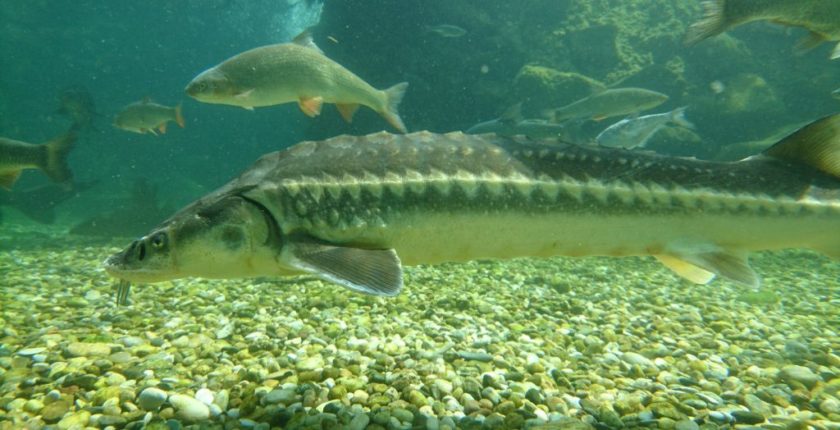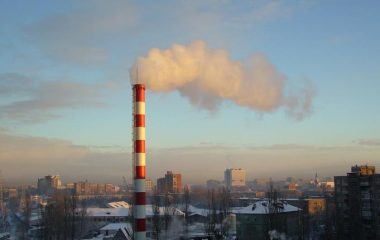
Photo: Interreg Danube
Share
Share
The Danube River fauna were enriched on April 18 with two important sturgeon stocking events, in Baja, Hungary and Isaccea, Romania, the World Wide Fund For Nature (WWF) said in a news release.
The aim of this activity was to save and strengthen two highly endangered Danube sturgeon populations by state-of-the-art conservational methods. The events were part of the MEASURES Project (Managing and Restoring Aquatic Ecological Corridors for Migratory Fish Species in the Danube River Basin), co-funded by the European Regional Development Fund (ERDF).
Stocking of sterlet (Acipenser ruthenus) took place in Hungary, and stocking of Russian sturgeon (Acipenser gueldenstaedtii) in Romania. The fish were tagged to enable identification in case of recapture by in-situ surveys, and assist evaluation of survival rates for those released. This will provide valuable insight for larger stocking plans in the future.
Sturgeon and other migratory fish species represent the historical, economic and natural heritage of the Danube. Furthermore, they are indicators of the ecological status of the river’s watercourses, especially concerning the function of the river as an ecological corridor.
Hydropower dams or flood protection measures pose a threat to natural fish populations
The fragmentation of rivers by transversal structures like hydropower dams or flood protection measures poses a threat to natural fish populations if they are no longer able reach important habitats like spawning grounds, feeding grounds and wintering habitats. Transnational management and restoration actions to re-establish these corridors as migration routes, as well as stocking with indigenous species are essential until we have achieved a self-sustaining population again, the WWF said.
“Conservational restocking is one of many necessary actions to save endangered fish. In conjunction with the provision and restoration of habitat, it is essential to increase the number of animals of species and populations on the very brink of extinction,” says Thomas Friedrich, University of Natural Resources and Life Sciences, Vienna.









Be the first one to comment on this article.